How to Use Stable Diffusion Neural Network
Contents
How to Get Started with Stable Diffusion
How to Download Stable Diffusion

Before we find out how to register in this neural network, let's understand what it is Stable Diffusion Neural Network and how we can use It
Stable Diffusion is a powerful neural network that can generate images based on their textual descriptions. There are many similar projects on the internet, but this program stands out for its high-quality images and lack of restrictions. The project has an open-source code that can be found on GitHub.
The Stable Diffusion development team made the network available to the public in August 2022, and after a few months, a global update was released thanks to AI training and user feedback.
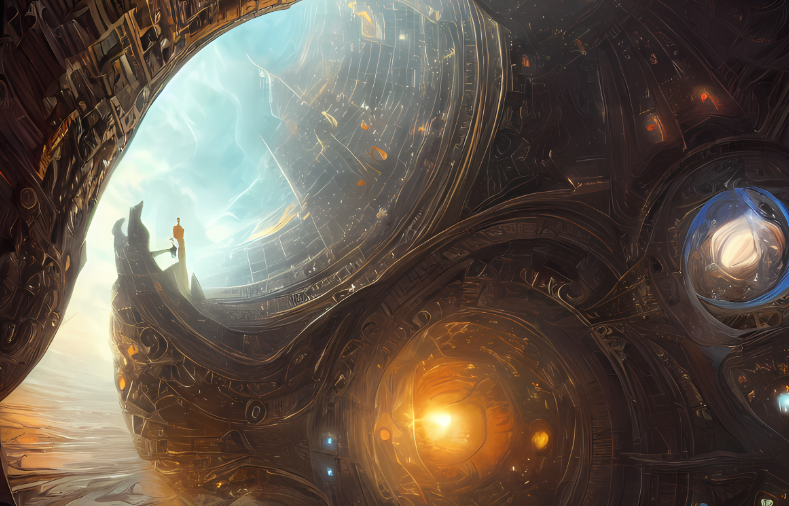
Stable Diffusion images are great for generating content. They can be used for advertising, promoting, or attracting more attention to posts, and can help reduce expenses on buying stock images. To share content, many social media or service accounts are required. "Tiger SMS" can help with this, offering virtual numbers for registration at low prices.
How to Get Started with Stable Diffusion
The developers provide free access to the Stable Diffusion neural network. There are several ways to get started with image generation. The online version is available on the official website, but has some limitations due to the company's limited resources.
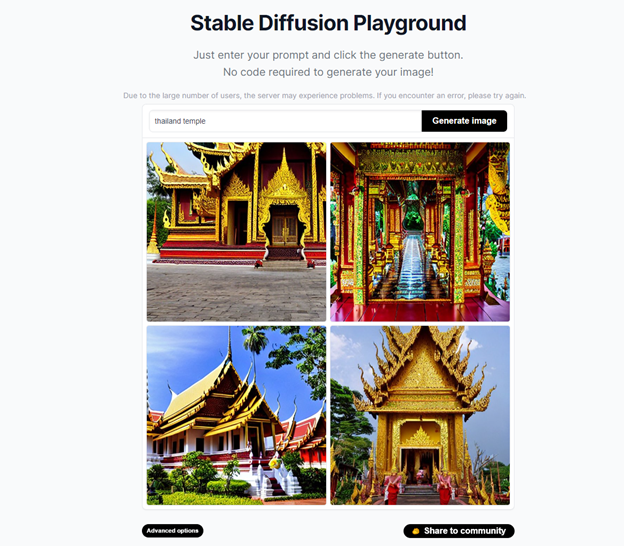
Simply enter a query, and the system will generate 4 images within a few seconds. There is a limit of 200 image generations due to previous restrictions. On the website, you can expand the advanced settings menu and set some parameters, such as the number of images displayed, the number of generation steps, and other features.
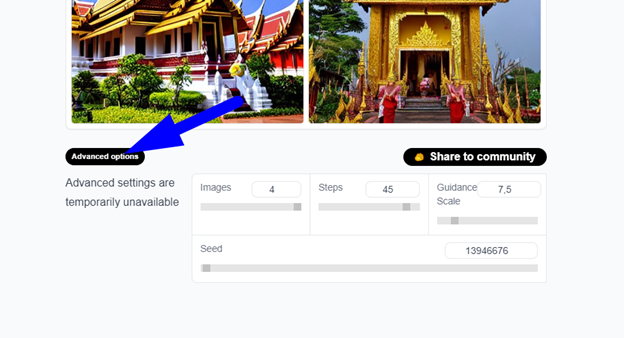
To avoid limitations and external factors, the program can be installed on a personal computer.
How to Download Stable Diffusion
The Stable Diffusion neural network can be installed on a personal computer or laptop. The developer requires a minimum of 4 GB of memory on the graphics card (optimal is at least 8 GB). In this case, image generation will not take much time. The application takes up about 25 GB on the hard disk. It is available in versions for Windows or Linux operating systems. The Stable Diffusion installation file can be downloaded from the official website or the project's GitHub page.
Using Dream Studio
This is another way to use the neural network. It is suitable for those who are not satisfied with the limited functionality of the online version on the official website, but do not want/cannot install it on their own device. There is a lightweight online version available on the Dream Studio website.
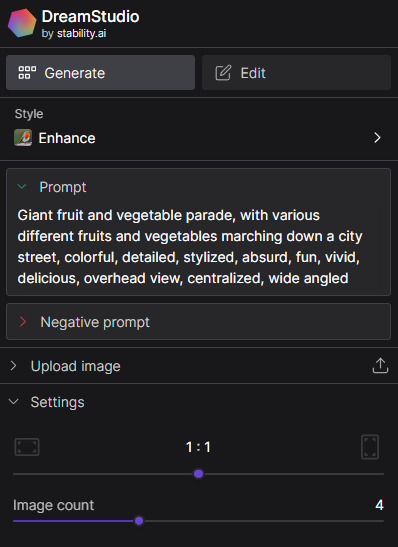
There are many Stable Diffusion-based analog projects on the internet that have certain functionality or are aimed at creating images in a specific style.
Stable Diffusion Capabilities
The Stable Diffusion neural network performs several actions during a request:
- Encoding the text, which involves deciphering it and converting it to binary code.
- Image generation.
- Decoding the resulting image.
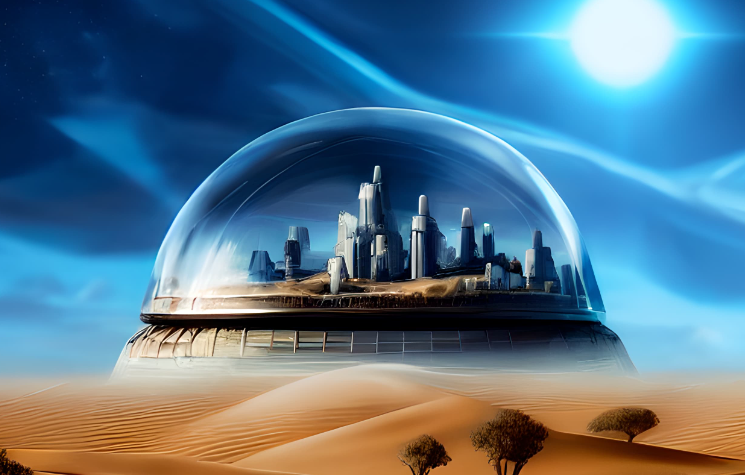
The main functions of Stable Diffusion are:
- Image generation based on the user's request. This is the most popular option.
- Image generation in a specific style, such as Renaissance paintings, abstraction, modern art, animation from various studios, and other options.
- Changing the background on existing images, essentially an option similar to Photoshop in AI execution.
- Object replacement on images using the Outpainting technique developed by the neural network developers.
- Sketch creation, which generates an image based on a given picture. This has become particularly popular for translating children's drawings.
- There are several other functions that deserve special mention, such as creating visual projects. Special options allow for generating frame-by-frame animation for videos. Another promising project is creating locations or objects for the gaming industry, with integration with the Unreal Engine. A Stable Diffusion update called Riffusion is planned for the near future, intended for creating music based on text requests.
Writing Requests in Stable Diffusion
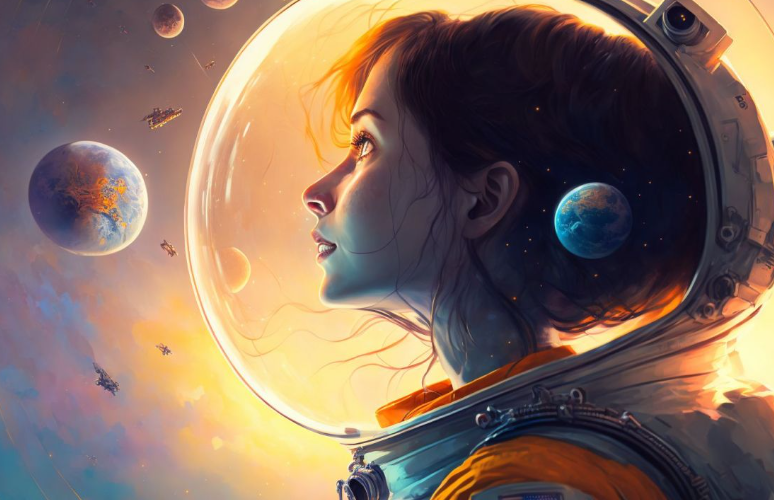
It is important to understand that we are working with a neural network. The program does not perceive text descriptions in the same way that humans do. To get the best quality images, there are several things to consider when writing requests:
- Follow the "weight" mechanism of words. The most significant parts should be placed at the beginning of the sentence. The "weight" of any word can be specified manually (by adding a colon and a number after it). The total score within one request cannot exceed 100.
- Avoid ambiguity and abstract concepts. Remove parasitic words from the text.
- Try to divide the description of the desired image into simple phrases and words separated by commas.
- Set the correct number of generation steps depending on the desired result. The number can be increased or decreased to achieve the desired result.
- Pay attention to the Classifier Free Guidance parameter, which determines the level of freedom the neural network has (how much it will come up with on its own). By default, this value is 7. If you notice that the programis generating images that are too far from your intended request, you can lower this value to restrict the neural network's creativity.
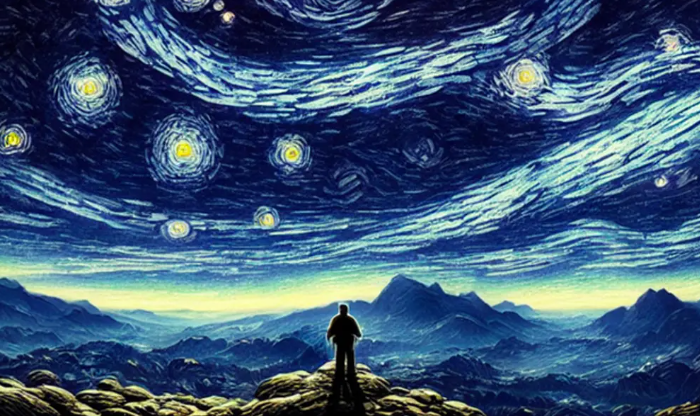
Recommendations for Optimal Image Generation
To get the best quality images from Stable Diffusion, follow these recommendations:
- Use high-quality textual descriptions with specific details and straightforward sentences.
- Use a high-end graphics card with at least 8 GB of memory for faster image generation time.
- Use the advanced settings to adjust the number of images generated, the number of generation steps, and other features to your liking.
- Experiment with different generation step numbers to find the optimal balance between image quality and generation time.
- Use the "weight" mechanism to emphasize important parts of your request.
- Take advantage of the available style options to generate images in a specific style.
- Use the object replacement and background changing functions to modify existing images.
- Be patient and experiment with different requests and settings to achieve the best results.
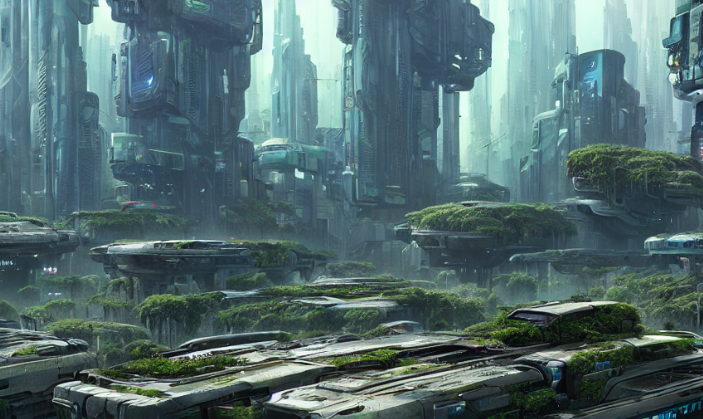
In conclusion, Stable Diffusion is a powerful neural network that can generate high-quality images based on textual descriptions. By following the recommendations and experimenting with different requests and settings, you can generate stunning images for various purposes.

